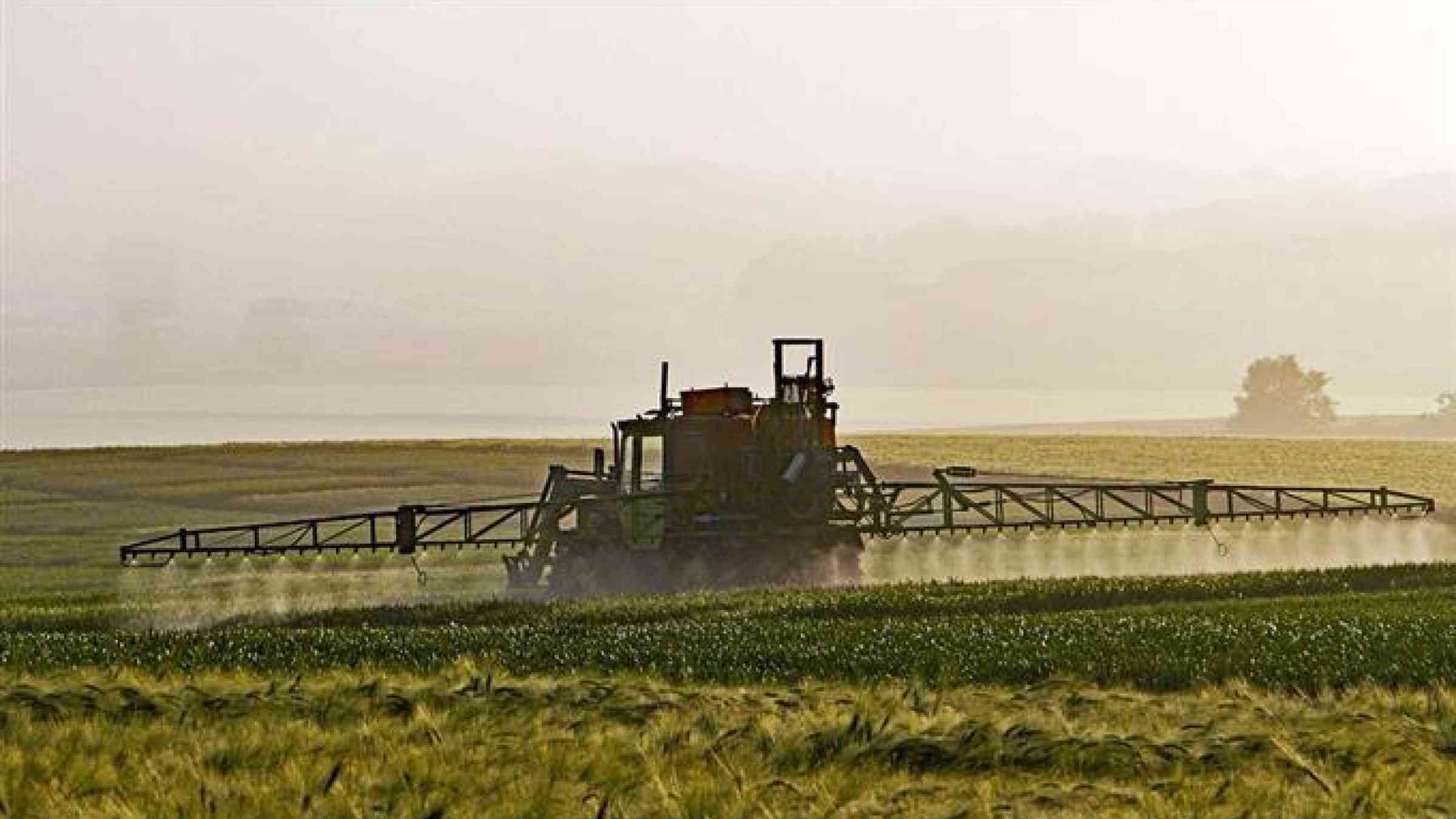Concerted action needed to stop diseases and pests from ravaging the food chain

Food availability and food hygiene are compromised every day by diseases and pests that plague plants and animals as well as various types of contaminants. This happens on farms, in factories, at home, in fresh or sea water, in the open air and in the midst of dense forests.
Whether in the form of pathogen, insect or contaminant, threats are now traveling faster and further, making effective and timely responses more difficult and putting people's food supplies, their health and livelihoods, and often their lives at greater risk.
Every year 1 person in 10 falls ill from eating contaminated food, and it is estimated that around 420 000 people die as a result. Over 70 percent of new diseases of humans have animal origin, with the potential of becoming major public health threats. A third of global crop production is lost annually due to insects and plant diseases that can spread to multiple countries and through continents.
A number of trends are contributing to this, including certain types of intensive farming, deforestation, overgrazing and climate change. In addition, conflicts, civil unrest and globalized trade are all also increasing the likelihood of threats emerging, passing to other countries and becoming devastating in these newly infected countries. Food can be contaminated in the processing and marketing phases - processes that often take place in different countries making it more difficult to identify the point of contamination.
To address the rising number of transboundary animal and plant pests and diseases, FAO has published "Averting risks to the food chain", a set of proven emergency prevention methods and tools. They show how prevention, early warning, preparedness, good food chain crisis management and good practices can improve food security and safety, save lives and livelihoods.
"Keeping the food chain safe is becoming increasingly complicated in an interconnected and more complex world. That's why we believe it's important for sectors involved in food production, processing and marketing to watch out for current and potential threats and respond to them in a concerted manner," said FAO Assistant Director-General Ren Wang.
New communication technologies help avert risks to the food chain
FAO's toolbox showcases how a multidisciplinary approach can enable a timely response including, how the use of new communication technologies can help to prevent and control transboundary threats by facilitating information exchange.
In Mali, Uganda and Tanzania, livestock farmers are using the EMA - i app to collect animal disease information from the field on their smartphones. The data is sent in real-time to the Global Animal Disease Information System (EMPRES-i) at FAO, where it is shared at national, regional and global levels, facilitating analysis in a timely manner in order to provide a very rapid response to attack the disease at the very early stage of birth.
In Uganda, this surveillance system more than doubled the number of livestock disease reports given to the National Animal Disease Diagnostics and Epidemiology Center in recent years, giving farmers the early warning they need to better respond to disease outbreaks.
Mobile tools have also been developed to monitor wheat rust - a fungal disease that destroys healthy wheat crops - enabling extension workers and research institutions to regularly exchange information on occurrences of the disease.
Desert locusts, the most dangerous of migratory pests, often threaten food supplies in Africa and Asia - a swarm of 40 million locusts can eat the same amount of food as about 35 000 people. Thanks to the eLocust3 system, locust monitoring has been improved and is now used in the 19 countries most vulnerable to infestations.
Every month the FAO Food Chain Crisis Management Framework makes available a new information sheet to support member countries and institutions in the global governance of transboundary threats to the food chain. Every quarter early warning bulletins on current threats are issued.